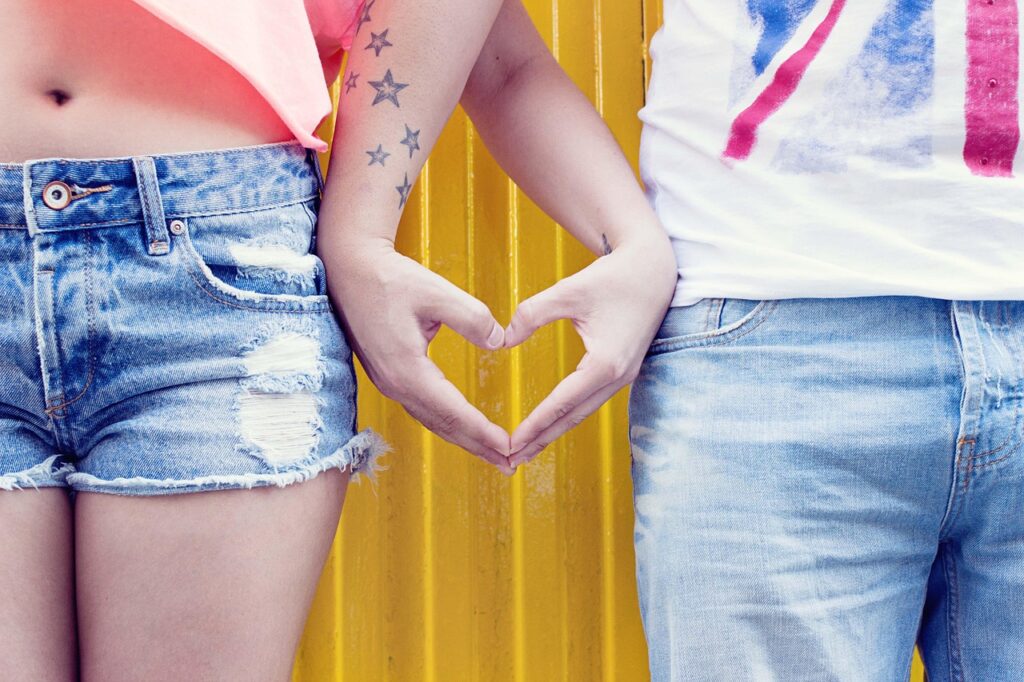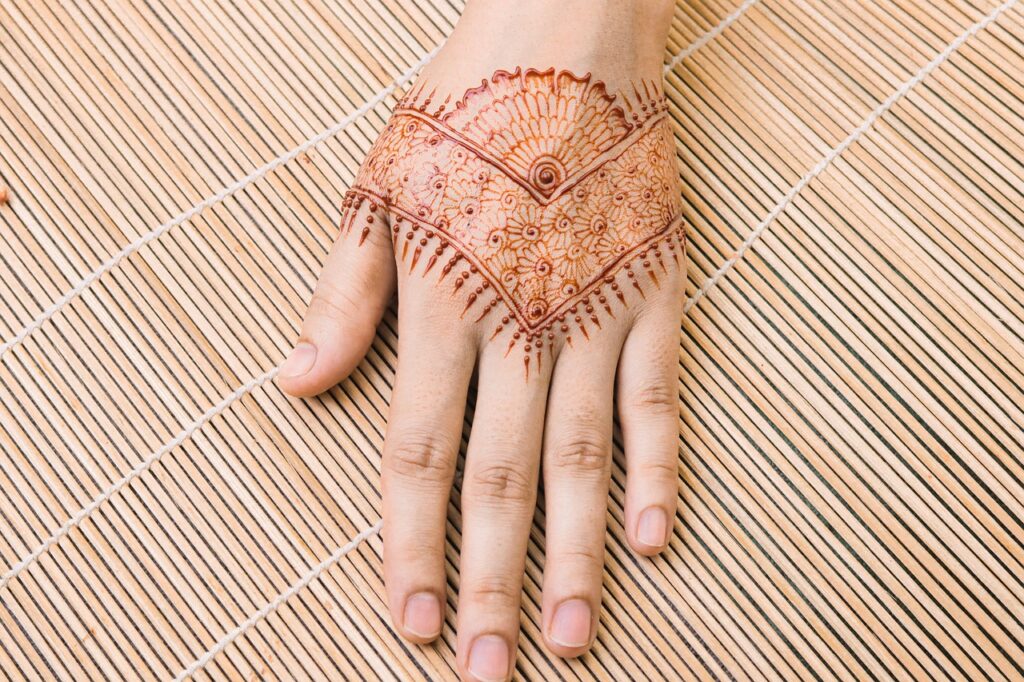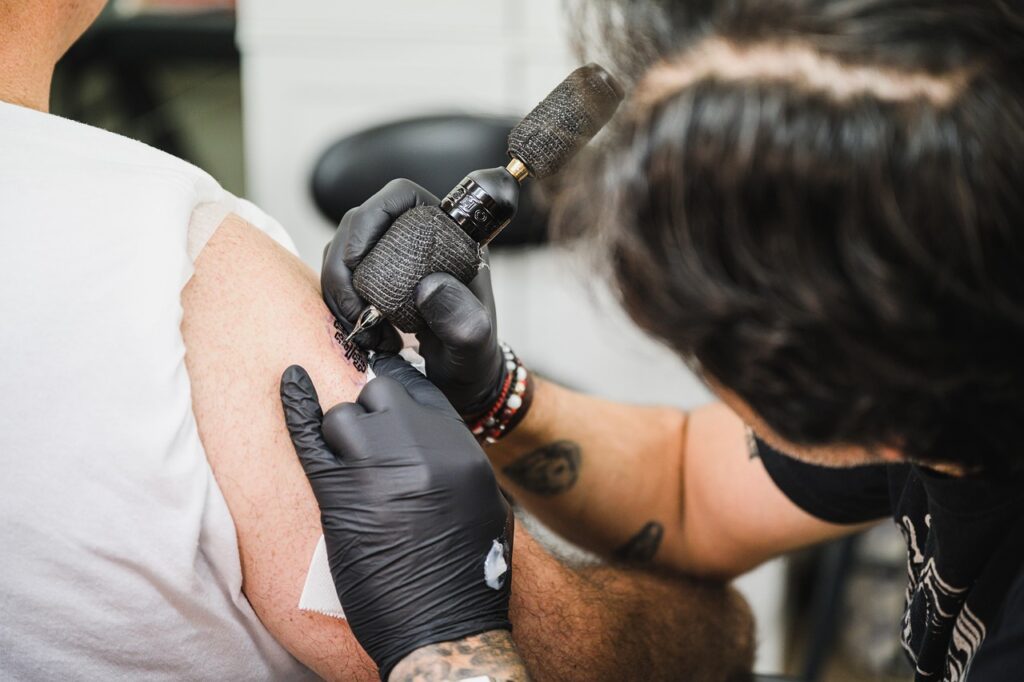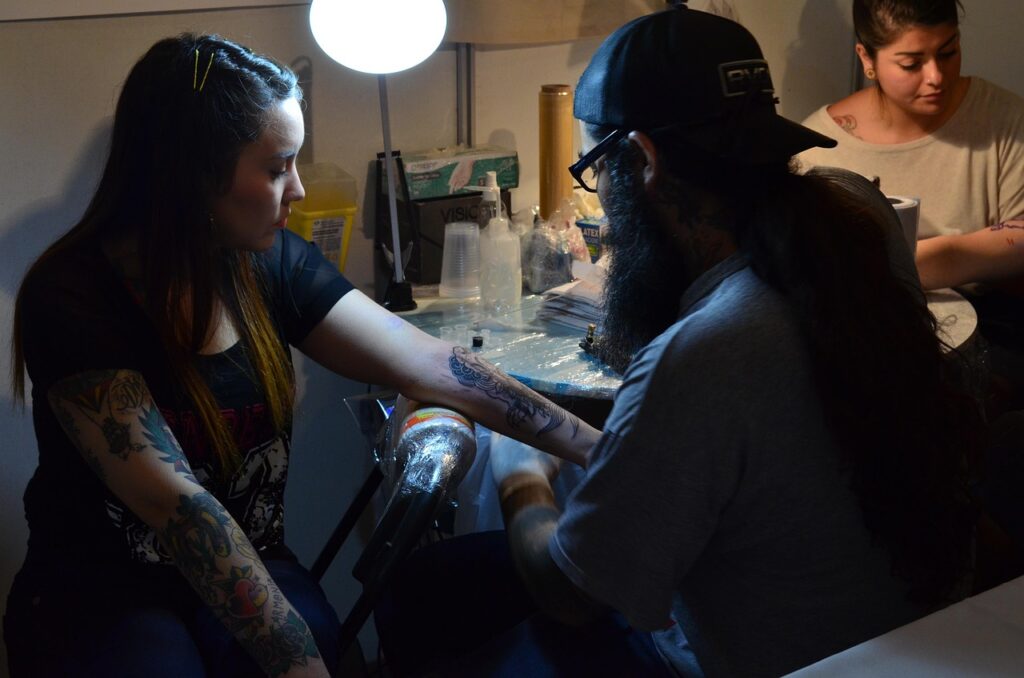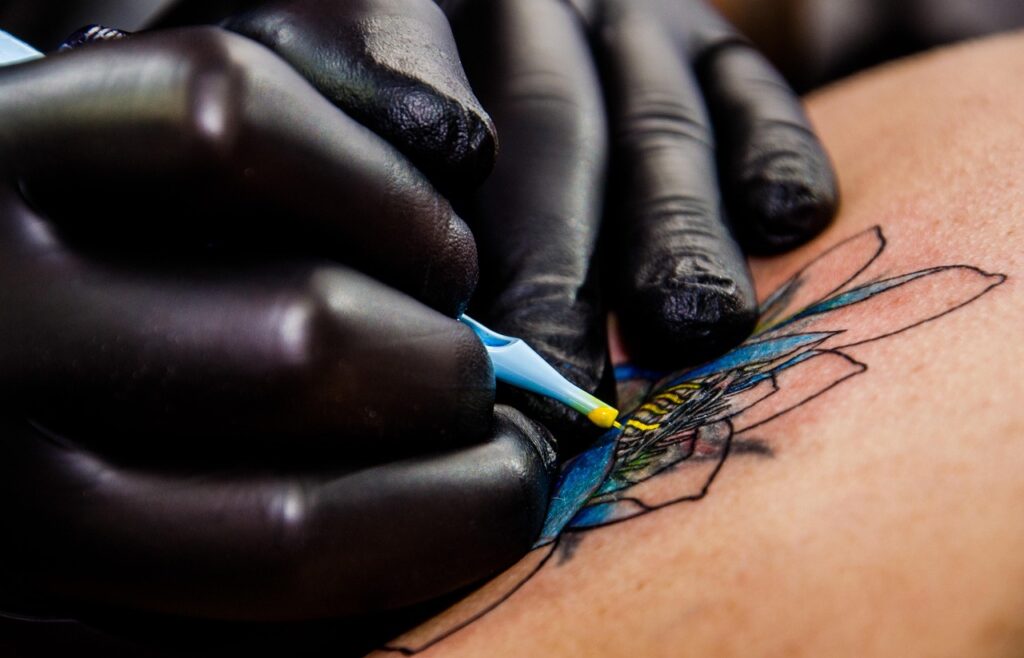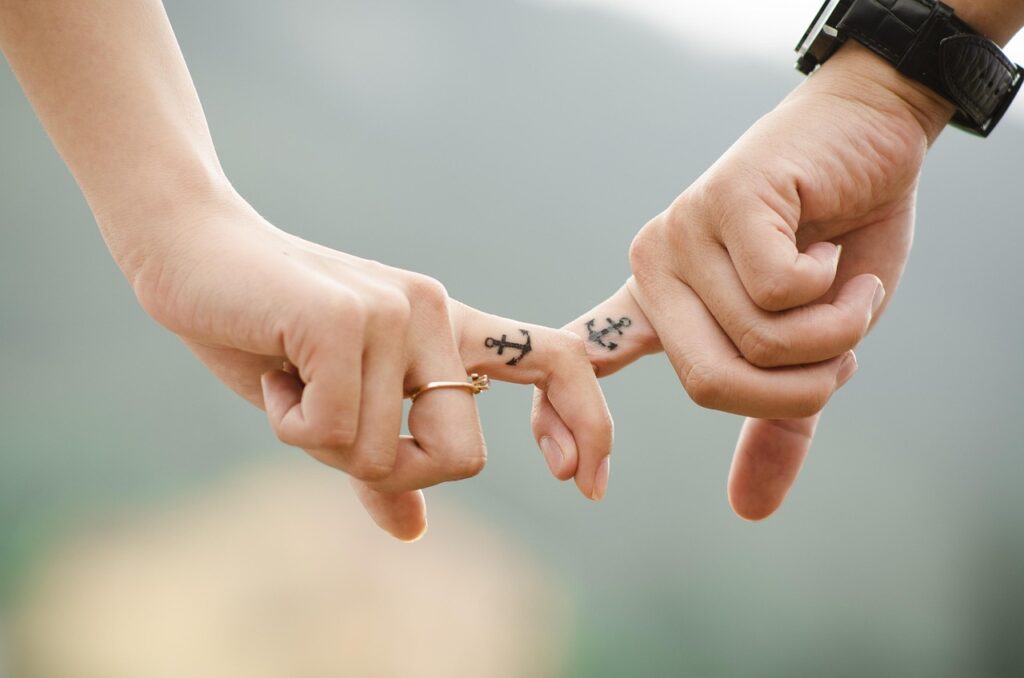Getting a tattoo is exciting, right? It’s a huge step, a personal statement etched onto your skin forever. Whether it’s your very first time or you’re adding to an epic collection, each piece is a unique work of art. We all spend ages dreaming up the perfect design, stalking artists on Instagram, and prepping for the buzzing needle. But sometimes, the road to tattoo perfection can be a little… bumpy.
No one wants a tattoo they’ll regret. We’ve all heard those cringe-worthy stories about botched designs, fading nightmares, or that friend with a misspelled word. The good news? You can totally dodge most pitfalls with foresight, preparation, and knowing exactly what *not* to do. Think of this as your ultimate, no-filter guide to sidestepping common tattoo mistakes that turn dream ink into a “what was I thinking?” moment.
We’ve tapped into seasoned tattoo artists’ wisdom to bring you the top 10 mistakes people make. From crucial decisions *before* stepping into the studio to vital aftercare steps, we’re breaking down how to ensure your new artwork stays vibrant, meaningful, and totally regret-free for years to come. Arm yourself with knowledge, because avoiding these blunders is key to rocking your ink with confidence!
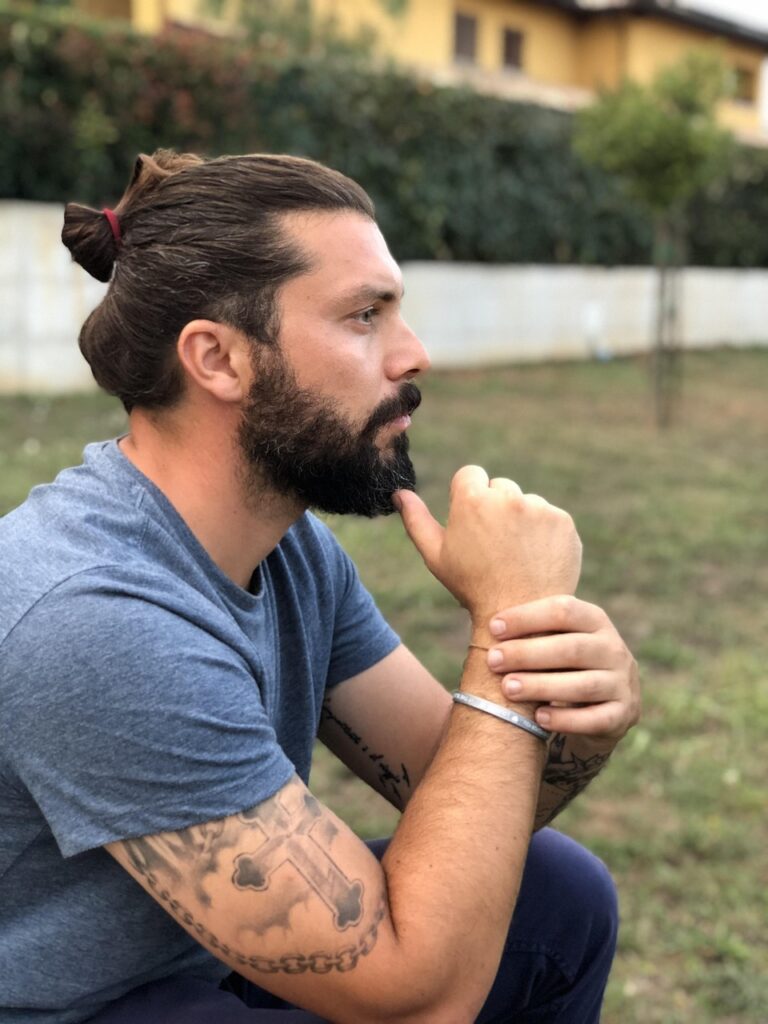
1. **Skimping on Artist & Design Research**This is probably where most tattoo nightmares begin. You wouldn’t buy a car without research, right? So why trust someone to permanently mark your body without doing your homework? The planning process is paramount. It’s on you to research and make decisions determining your tattoo’s outcome. Both the artist and shop should have good reputations and online examples. Don’t just pick the closest shop without details.
Inspect their website and social media, and ask questions. An inexperienced artist can cause permanent problems. You want to see their portfolios, ensure the shop is clean, well-maintained, has the right equipment, and boasts good reviews. Many people interview artists, so they’re used to these discussions. Talking with them face-to-face helps decide if they’re right for you. A safe, clean environment is critical, so observe it upon arrival.
Beyond the artist, let’s talk design. A Pinterest design you love shouldn’t be the end of your research. Always deep dive into your chosen design! Symbols have deep meaning, so know what an image represents before it’s permanently inked. This is especially true for religious and tribal tattoo designs. As Tatt Mag notes, “Most tribal tattoos come from cultural practices and rituals. Tattoo application and tattoo designs would be part of those ancient rituals.” You definitely don’t want to inadvertently disrespect a culture or carry an unintended meaning.
For a truly meaningful tattoo, sometimes creating your own design is best. Consider ink colors, sizes, and symbols with personal significance. Take time to refine your idea, draw it out, or ask an artist to sketch it. Make your desired design your phone background; if you tire of seeing it there, you’ll likely tire of it on your body. If you have any doubts, seriously reconsider.
2. **Underestimating the Cost of Quality**Ah, the allure of a bargain! We all love a good deal, but for tattoos, a low price often signals regret. Tattoos are expensive. Beyond the ink, art, and artist’s time, a generous tip is best practice. Don’t sacrifice quality with a trusted artist just because it’s too expensive. This isn’t a trendy t-shirt; it’s permanent art, a true investment.
Budgeting is crucial. Save up if necessary. Tattoos are not something to be cheap about, especially for complicated designs. Quality work costs more because good artists spend years perfecting their craft. They invest in sterile equipment, high-grade inks, and maintaining a clean, safe environment, protecting you from issues like infection or tattoo blowout. Getting inked by a professional mitigates many potential problems.
Cutting corners risks infections or a poorly done design. Don’t save a few bucks only to be stuck with something you hate. A cheap tattoo quickly turns into costly regret when it needs fixing, which can be far more expensive and painful than doing it right initially. Imagine paying twice, or more for laser removal, which isn’t always guaranteed to work perfectly.
When looking at prices, remember you’re paying for the artist’s skill, experience, creativity, and the assurance your tattoo will be a masterpiece, not a messy disaster. Respect the art and artist. Saving for the artist you trust ensures a worthwhile result, a piece you’ll proudly show off, not hide. “You get what you pay for” couldn’t be more accurate here.
Read more about: Tesla Ownership: Avoiding Costly Pitfalls That Could Drain Your Wallet and Your Patience
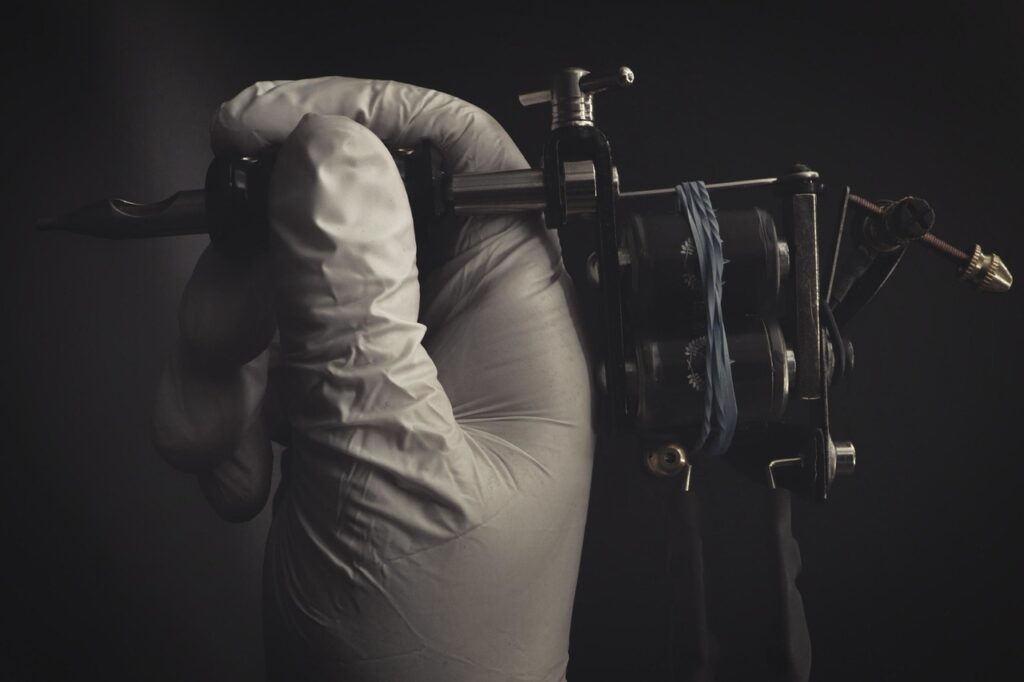
3. **Disregarding Placement & Future Implications**You’ve got the design and picked the artist, now where does it go? Not thinking about tattoo placement is a major blunder. It’s not just about design and style; placement is essential. Consider how the design will look on different body areas. For instance, a large design on the forearm or shin might wrap awkwardly, distorting it, while a tiny tattoo on a large area can leave too much negative space.
Beyond aesthetics, consider your personal pain threshold. Some body areas hurt more than others. Typically, the closer the skin is to bone, and the less muscle and fat present, the more painful the tattoo will be. Your ribs, feet, and neck are often more sensitive than your forearm or thigh. As The Tattoopedia notes, “You have to choose a size which is not odd or inapt for the body part you want the tattoo on” because size and placement heavily impact aesthetics.
Then there are the long-term implications. A tattoo is a permanent addition, so think about how it will look as you age, your body changes, and if it might affect future job prospects. Despite growing acceptance, a stigma around tattoos still exists. Larger tattoos are harder to cover up and more expensive to remove. If you want to hide your ink, choose areas easily covered by clothing.
Your tattoo might shift with weight loss or if skin gets loose. As Hush Aesthetics points out, if you’re toning, your tattoo might sculpt differently. Gaining weight, especially in areas like hips or stomach, can distort designs during pregnancy. Talk to your tattoo artist; they’re pros and can advise on optimal placement and how designs might age. A well-thought-out location makes all the difference for a tattoo you’ll love for life.
Read more about: Deconstructing the Mindfulness Phenomenon: What Real People and Science Reveal About Its Hype, Pitfalls, and True Potential
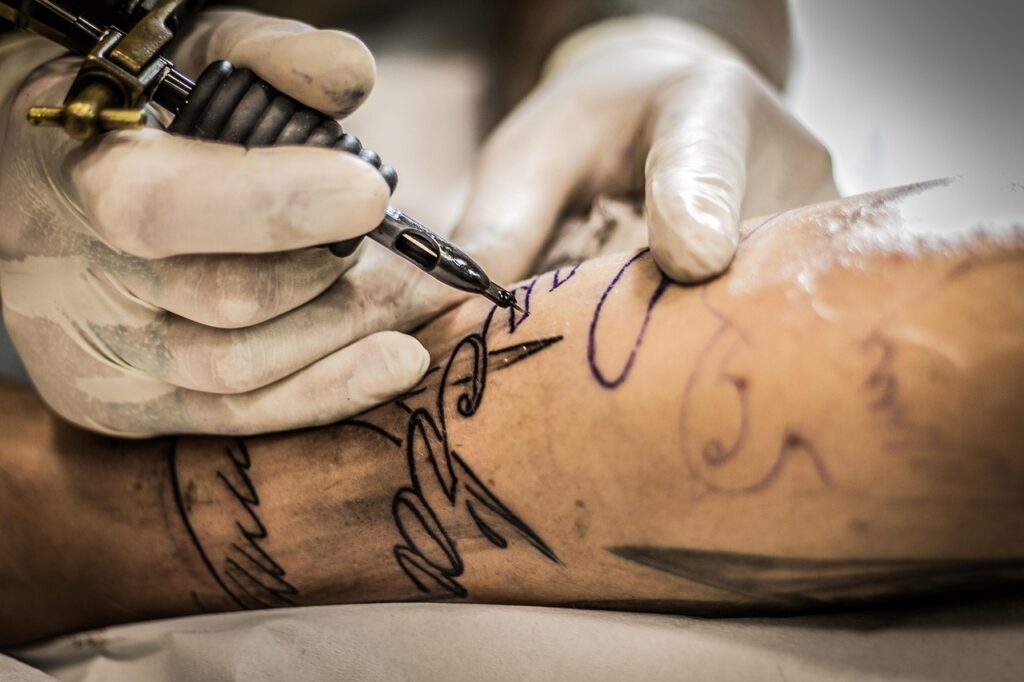
4. **Chasing Trendy Designs**Oh, trends! They’re fun for fashion, awesome for TikTok dances, but a potential trap for permanent body art. Basing your tattoo on trends is a mistake many people regret down the line. Trends come and go. A certain theme, design, or placement may be all over Pinterest and Instagram right now, but what looks cool today may not be the same in the future. Remember tribal armbands from the 90s?
It is crucial to choose a design that has significant meaning and that you’ll still love years down the road. Chasing trends in the tattoo world is not usually fulfilling. What feels incredibly “now” can quickly feel dated and even cringe-worthy. Your tattoo should reflect *you*, not a fleeting pop culture moment. This isn’t to say you can’t be inspired by current styles; just filter that inspiration through your unique personality and values.
If you love a trendy design, use it as a jumping-off point. Ask yourself what you like about it and research its representations. Then, adjust it to make it more ‘you’. Maybe you admire minimalist lines but choose a personal symbol instead of a popular one. Or apply a bold color palette to a classic theme that resonates deeply. This way, you get the aesthetic you admire without sacrificing timeless appeal.
The goal is longevity and personal connection. A tattoo is a story on your skin, and you want that story to remain relevant and cherished for decades. Don’t let “what’s hot right now” overshadow personal meaning and enduring appeal. Ensure your design choice sparks joy and pride every time you look at it, not just until the next big thing comes along. Your future self will absolutely thank you for choosing wisely and authentically.
Product on Amazon: Trendy New York Newspaper Print Wall Art Chasing Goals Not Boys Black and white newspaper poster room aesthetic decoration stylish preppy dorm room wall decor 11x14in Unframed
Brand: Generic
Binding: Product Group: Home
Price: 7.27 USD
Rating: 4.5 Total reviews: 2
Features:
1. Chasing Goals Not Boys Design: The powerful, empowering phrase encourages a focus on personal growth and ambition, perfect for anyone pursuing their dreams.
2. Trendy Newspaper Aesthetic: A sleek, black-and-white design inspired by New York newspapers adds an element of modern sophistication to your decor.
3. Premium Quality Materials: Printed on high-quality canvas or poster paper for vibrant colors, sharp text, and long-lasting durability.
Shopping on Amazon >>
Read more about: 7 Fall Pieces That Instantly Make Any Outfit Look Expensive for Women Over 60
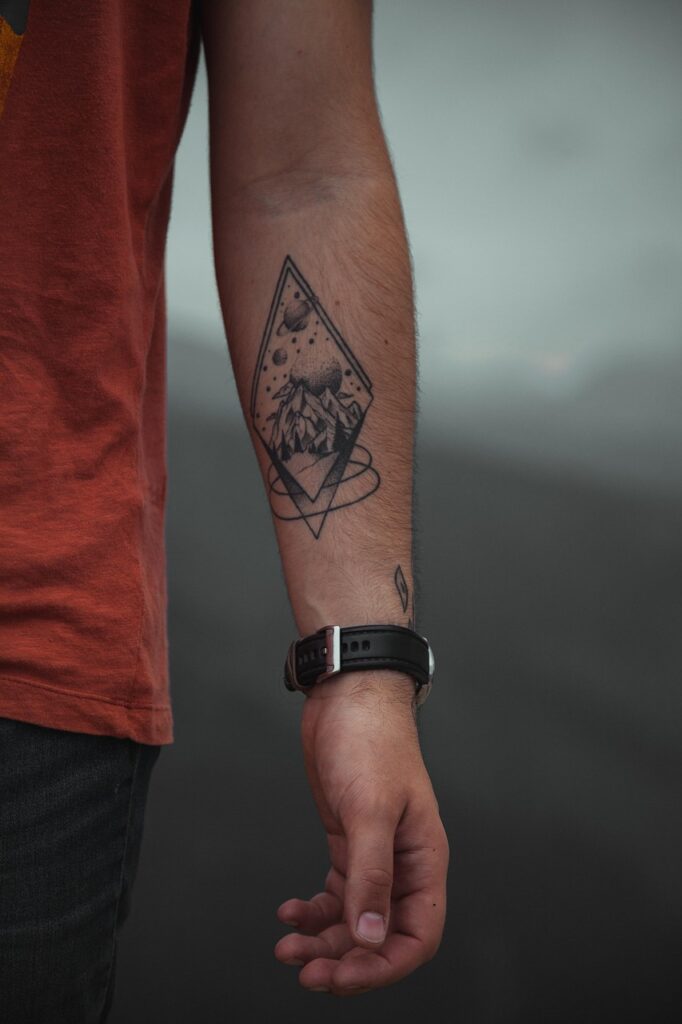
5. **Rushing the Entire Tattoo Journey**Spontaneity is great for road trips and dinner plans, but it absolutely does not have a place in the body art world. Rushing the process can lead to poor decision-making and regrettable results. Getting a tattoo isn’t a race. Good tattoos take time, whether it’s researching the artist, perfecting the design, or sitting through a long session. Your body isn’t just a canvas; it’s a living organism that deserves patience and respect throughout the entire journey.
Every step needs careful consideration, especially on your appointment day. Pick a day you have no other commitments. Do something relaxing beforehand to arrive at the studio calm and ready. Failing to ask questions, no matter how insignificant, can stem from rushing. If it helps ease your anxiety, ask. For instance, if the artist can’t confidently detail what’s in their ink, that’s a red flag. Your peace of mind matters.
Preparation starts weeks before your appointment. Moisturize the area, drink plenty of water, and avoid skin irritants. Eat a calorie-rich, nutrient-dense meal beforehand, as getting inked can be taxing, increasing stress and burning calories. Crucially, ensure a good night’s sleep. Being tired can significantly heighten the pain and discomfort, making an intense process even tougher.
Large or detailed designs often require multiple sessions. This demands patience, but breaks allow the artist to focus on quality, preventing rushed work. Post-tattoo, resist the urge for more ink too soon. Your body is healing an open wound, and, as Byrdie notes, “your inner body is probably craving a little time to rest and recoup in order to repair your damaged skin.” Give yourself time to love your design, allow your body to recover, and wait for your ideal artist. Never settle for less than 100% happiness. Slow and steady truly wins the race for killer ink!
Read more about: These 15 Animal Photos Are Literally Worth More Than A Thousand Words (And Will Seriously Inspire You)
6. **Mishandling the Initial Bandage**So you’ve just rocked that tattoo session and your artist has lovingly wrapped your fresh ink. You’re probably bursting with excitement, itching (literally!) to peel back that covering and show off your new masterpiece. But hold your horses! Ripping off that bandage too soon, or leaving it on for too long, is a classic aftercare blunder that can seriously mess with your healing process. Remember, a new tattoo is essentially an open wound, and it needs that initial protection more than you think.
Your tattoo artist, being the seasoned pro they are, will apply a bandage or plastic wrap for a reason: to shield your vulnerable skin from bacteria and prevent infection. The “Tattoo Aftercare Mistakes” section in our trusty guide explicitly warns against “Leaving the Bandage on for Too Long,” but also implies that taking it off too early is a no-go. The key here is balance and following expert advice. The context states, “If your tattoo artist has taken the time to carefully bandage the area (which every good tattoo artist will do) then you need to be sure to leave it on for a minimum of two hours, although a little longer is highly recommended.” That’s your golden rule right there!
This initial covering is like a temporary force field for your fresh ink, preventing airborne nasties from settling in and giving your skin a chance to start its crucial healing journey without immediate exposure. It protects against friction from clothing and keeps any oozing plasma or blood contained. Peeling it off prematurely exposes that delicate area to dirt and germs, turning your beautiful art into a potential breeding ground for infection. On the flip side, leaving it on for an excessive amount of time can trap moisture and bacteria, creating a humid environment that also hinders proper healing and might even damage the design.
So, what’s a newly-inked person to do? Listen to your artist! They’re the experts, and their instructions on bandage removal time are tailored to the type of bandage used and your specific tattoo. It’s not a suggestion; it’s a vital step in ensuring your tattoo heals beautifully and stays vibrant. Patience truly is a virtue in the tattoo world, especially in those first few hours post-ink. Give your body the time it needs to begin its recovery properly, and your ink will thank you for it in the long run.

7. **Incorrect Washing and Soaking Habits**Okay, bandage off (at the right time, of course!), and now it’s time for its first wash. This isn’t just any shower; this is a spa treatment for your new tattoo! But here’s where things can go sideways fast if you’re not careful. “Washing Incorrectly” is a big no-no, as our context clearly points out, and it’s not just about what you wash with, but how you wash and what you avoid. Imagine scrubbing your new tattoo with a loofah – ouch, right? That’s a direct route to fading, smudging, and preventing proper healing.
The first rule of washing club? Avoid hot water. “Hot water can hurt your tattoo,” the guide notes, recommending “lukewarm water instead.” Your skin is sensitive, and scorching it will only cause irritation and could impact the ink. And speaking of what *not* to do, remember that relaxing bath or invigorating swim? Put those on hold! Your tattoo is an open wound, and submerging it in stagnant water (like a bath) or communal water bodies (like pools, lakes, or the ocean) is like rolling out the red carpet for bacteria. “Exposing it to water in this way can cause serious damage to that amazing artwork you just paid for,” the context emphasizes, suggesting waiting “at least 2-3 weeks before climbing into your favourite bubble bath.”
When it comes to the actual washing, gentle is the name of the game. Forget those loofahs and sponges you love for exfoliating! The advice is clear: “using them around a new tattoo will ‘exfoliate’ the scabs right off preventing healing and causing damage to the work.” Instead, gently wash the tattooed area with your bare hand and a “mild antibacterial soap (free from artificial colours and perfumes).” Always wash your hands first, and then move on to your tattoo, patting it dry once finished. And a quick, but crucial, reminder from the pros: avoid shaving the area until the healing phase has completed. You want to clean away any blood or plasma without causing further trauma to the sensitive area.
After a gentle wash, pat it dry with caution, as we’ll discuss next. But the bottom line here is respect for your healing skin. Your tattoo isn’t just a design; it’s a delicate healing process that demands specific care. Taking a few weeks off from your favorite bubble bath or daily swim is a small price to pay for vibrant, healthy ink that lasts a lifetime. So, be mindful in the shower, steer clear of soaking, and keep those loofahs far, far away from your new body art.
8. **Mismanaging Aftercare Products (Too Much/Too Little Moisturizer)**So, you’ve carefully washed your new tattoo, patted it dry, and now it’s time for the aftercare products. This is another crucial stage where people often swing to extremes – either slathering on way too much lotion or not using enough at all. Both scenarios, believe it or not, can sabotage your healing and the longevity of your design. Finding that perfect balance is like a secret handshake for happy, healthy ink!
Our trusty guide warns against “Using Scented Lotions or Soaps” because “Chemicals used in scented lotions and soaps can cause your tattoo to fade or irritate it.” This is super important because many people just grab whatever lotion is handy, not realizing the hidden dangers in fragrances and harsh chemicals. Stick to fragrance-free and alcohol-free options, always. Your tattoo shop will often have recommendations or even specific products that are tried and true, taking the guesswork out of it for you. This is an investment, so don’t cheap out on the healing agents!
Then comes the “Too Much or Too Little Moisturizing” dilemma. It’s a real Goldilocks situation! “A scab that slows the healing process down can form if you do not use enough moisturizer,” the context explains. You need that protective barrier to prevent excessive scabbing, which can pull ink out. But here’s the kicker: “Using too much, however, makes it vulnerable to infection.” Over-moisturizing can suffocate the tattoo, creating a moist environment where bacteria just love to throw a party. “Too much product can actually suffocate the tattoo which, in turn, promotes bacteria growth,” another part of the context reiterates, highlighting that “while your actions are well-meaning, you may actually be encouraging an infection.”
The sweet spot? A “light layer of a fragrance-free lotion after you wash the tattoo.” The goal is to keep the skin hydrated and supple, but not drowning in product. You should clean the tattoo and apply moisturizer “about two to three times a day.” Just remember, there *is* such a thing as too much of a good thing when it comes to aftercare creams. Your tattoo needs to breathe to heal properly. So, apply a thin, even layer, and gently rub it in until it’s absorbed, leaving no shiny, goopy residue. This careful application will definitely help encourage proper healing without inadvertently causing problems.
9. **Ignoring Itching and Picking Risks**Okay, real talk: your new tattoo is going to itch. A LOT. It’s a totally normal, albeit annoying, part of the healing process, especially as those scabs start to form. But this is arguably one of the most challenging battles you’ll face: resisting the urge to scratch or pick! Our human instincts scream at us to relieve that itch, but giving in can have “pretty serious consequences,” as the context clearly warns. This isn’t just about discomfort; it’s about preserving your ink and preventing nasty infections.
Think of it like this: your tattoo is an intricate piece of art, and those scabs are like tiny, temporary shields protecting the delicate ink underneath. “Scratching or picking at the tattoo can leave light spots or holes in your design or even promote infection,” the guide states. Imagine diligently following all the other aftercare steps, only to accidentally scratch off a scab prematurely, leaving a patchy spot or, worse, introducing bacteria that leads to infection. That gorgeous dragon tattoo could end up with a missing scale, or a beautiful flower could have an unsightly “hole.”
The temptation will be real, and it will be strong. But as the context wisely advises, “Avoiding this is probably one of the most challenging things to not do during the healing process, nevertheless, it is not worth the risk.” Your body is working hard to heal that open wound, forming new skin over the tattooed area. When you scratch or pick, you disrupt this natural process. You’re not only risking the aesthetic quality of your tattoo but also reopening the wound, making it vulnerable to dirt, grime, and germs. This significantly prolongs the healing time and increases the chances of an infection.
So, how do you win this battle against the itch? Keep your tattoo clean and moisturized (but not over-moisturized, remember item 8!). Sometimes a light pat or a gentle slap (not a full-on scratch!) can temporarily alleviate the sensation. Distraction is your friend. Occupy your hands, watch a movie, or just focus on literally keeping your hands off! Remind yourself that a few weeks of self-restraint will lead to a lifetime of vibrant, regret-free ink. Your future self, admiring your perfectly healed tattoo, will definitely thank you for this incredible act of willpower.
10. **Neglecting Sun Protection and Recognizing Healing Issues**Alright, you’ve navigated the initial aftercare like a pro, and your tattoo is looking amazing! But don’t pop the champagne just yet; the journey isn’t over. Two major “long-term considerations” that often get overlooked are continuous sun protection and knowing when to recognize if something’s genuinely wrong with your healing. Ignoring either of these can dramatically affect your tattoo’s vibrancy and, more importantly, your health!
First up: the sun. “The sun not only causes tattoos to fade, but it can also hurt the healing process,” warns our context. For those first few weeks, while your tattoo is actively healing, it’s incredibly vulnerable. “Keep it covered with loose, light clothing for the first few weeks,” is the expert advice. This isn’t just about preserving color; it’s about protecting tender, new skin from damaging UVA and UVB rays that can cause sunburns, blisters, and severely impact healing. Imagine investing all that time and money, only to have your new ink fade before its time because of a sunny afternoon stroll!
Once your tattoo is fully healed (typically after 3-4 weeks when all scabs are gone and the skin is smooth), sunscreen becomes your new best friend. “Use a sunscreen with at least 30 SPF when exposed,” the guide recommends. This is a life-long commitment if you want your tattoo to stay bright and sharp. The sun is “your enemy” if you want to keep your tattoo looking bright and vibrant for years to come. Even in winter, the sun’s rays are still active, so make applying SPF a year-round priority. Think of it as investing in an ongoing touch-up, but way cheaper and easier!
Finally, and this is a big one for your health and the longevity of your tattoo: recognizing when something is wrong. While some redness, swelling, and itching are normal, “Fever, puss, and rashes are not part of the healing process.” Our context is very clear: “If you experience any of these symptoms, visit a doctor immediately; don’t stall and try any at-home remedies.” Similarly, if “the swelling and redness don’t go down after a couple of days,” these are also “signs that your fresh tattoo needs to be looked at by a medical professional.” This is not the time to consult Dr. Google or your well-meaning friend.
Tattoo infections are “serious business,” and early intervention is key. A healthcare provider needs to “know what type of pathogen is causing it” to prescribe the right treatment, often antibiotics. “Prevention is better than cure!” the context reminds us. So, while you’re enjoying your incredible new tattoo, stay vigilant. Follow all aftercare instructions religiously, protect it from the sun, and if your body sends up any serious red flags, don’t hesitate to seek professional medical advice. A beautiful tattoo is a healthy tattoo, and taking care of it means both enjoying its beauty and ensuring your well-being for years to come!
Phew! Who knew there was so much to consider when getting some awesome new ink? From picking the perfect artist to rocking those aftercare vibes, every step is a chance to make sure your tattoo journey is a total win. We’ve covered everything from dodging dodgy trends to becoming a sun-smart, anti-scratching ninja. By steering clear of these common blunders, you’re not just getting a tattoo; you’re investing in a piece of yourself, a story etched in skin that will stay vibrant and meaningful for a lifetime. So go forth, get inked wisely, and wear your art with absolute pride – because a well-cared-for tattoo is a truly happy tattoo!

